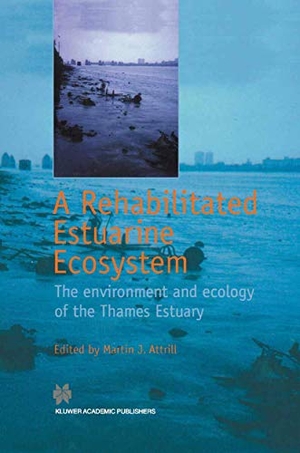Für statistische Zwecke und um bestmögliche Funktionalität zu bieten, speichert diese Website Cookies auf Ihrem Gerät. Das Speichern von Cookies kann in den Browser-Einstellungen deaktiviert werden. Wenn Sie die Website weiter nutzen, stimmen Sie der Verwendung von Cookies zu.
Cookie akzeptieren
A Rehabilitated Estuarine Ecosystem
- Springer US
- 1998
- Gebunden
- 272 Seiten
- ISBN 9780412496806
Jim Green 1.1 THE THAMES ESTUARY:A PERSONAL VIEW For almost 50 years I have lived close to the Thames estuary (Figure 1.1). In the early 1950s, from our flat in Pimlico, we could walk along the embankment opposite Battersea Power Station. At low tide, the exposed mud had large red patches caused by the haemoglobin in innumerable tubificid worms. These formed the basis of a minor trade. Men with waders and sieves would collect the worms and sell them to the aquarium trade as food for fishes. The superabundance of these worms depended on the gross organic pollution of this reach of the Thames. Towards the
Mehr
Weniger
zzgl. Versand
in Kürze